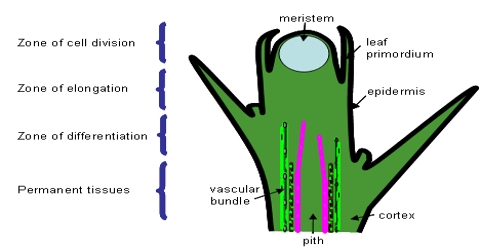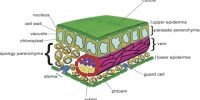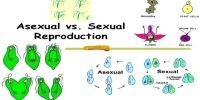Meristematic tissues are tissues that have the capability to enlarge, stretch and differentiate into other types of cells as they mature. These cells are either differentiated or incompletely differentiated, and they give rise to various organs of a plant and are responsible for growth. Meristematic tissues are tissues that have the capability to enlarge, stretch and differentiate into other types of cells as they mature. These cells are either differentiated or incompletely differentiated, and they give rise to various organs of a plant and are responsible for growth.
Difference between Meristematic Tissue and Permanent tissue
Meristematic tissue
- This tissue originates from the embryonic stage. So, they are primary tissue.
- Cells are small, spherical or polygonal and undifferentiated.
- The cells are able to grow more cells by mitotic division.
- This tissue is present in the growing organs of the plants.
- This tissue is responsible for the growth of plants because the cells increase the number of cells by division.
- Vacuoles are nearly absent. Intercellular spaces are absent.
- This tissue consists of immature cells. Cells in the meristematic tissue always consist of a dense cytoplasm as well as a prominent nucleus.
- The shape and structure of the cells are not definite.
- These cells are living. The cell wall of cells is thin and elastic.
- The nucleus of the cell is large. It provides growth to the plant.
- It does not help mentionable in mechanical activities. This tissue is involved in plant growth.
- They are nor greatly involved in preparing to store and conducting food materials.
Types: The apical meristem, intercalary meristem, and lateral meristem are the basic types of meristematic tissue.
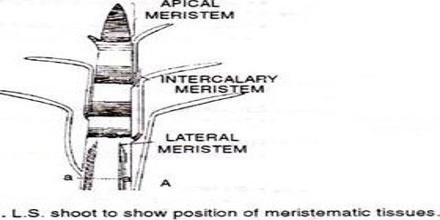
Permanent tissue
- They do not originate from the embryonic stage. They originate from the division of meristem.
- Cells are large and differentiated.
- The cells are not able to grow more cells.
- This tissue is found all over the plant body.
- This tissue is not responsible for the growth of plants.
- Large central vacuole present. Intercellular spaces are often present
- This tissue consists of matured cells. Non-living cells in the permanent tissue do not have cytoplasm and nucleus.
- The cells of this tissue are definite in shape and structure.
- Dead cells may be present. The cell wall of cells is thin or thick.
- The nucleus of the cell is small. It provides protection, support, conduction, photosynthesis, and storage for the plant.
- It gives mechanical support to the plant. It is involved in photosynthesis, conduction, and providing mechanical support.
- Preparing, storing and conducting food and giving mechanical support are their main functions.
Types: Parenchyma, collenchyma, sclerenchyma, xylem, phloem, and secretory tissues are types of permanent tissue.
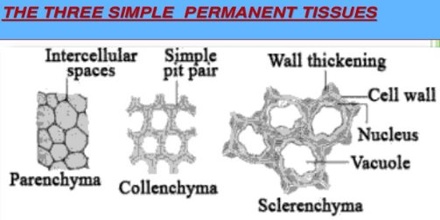
Meristematic tissue and permanent tissue are two types of plant tissues. The major difference is in their cellular organization and functions. Meristematic tissue occurs in growing parts of the plant like the apex of the stem and roots. It is responsible for the increasing length of the plant body parts. The central cells of the meristematic tissue are extended and steadily differentiated into permanent tissues. Parenchyma, collenchyma, and sclerenchyma are simple permanent tissues. The complex permanent tissues are xylem and phloem.
